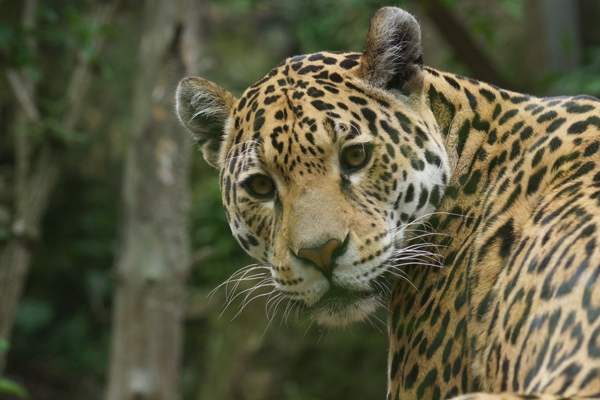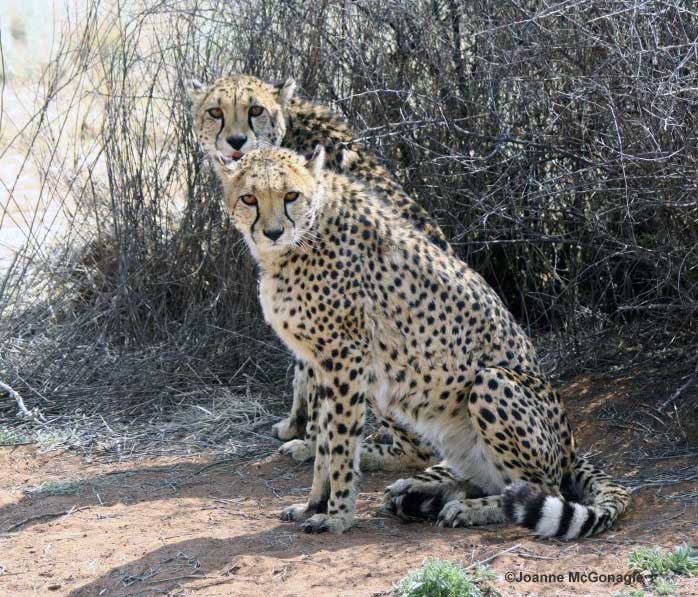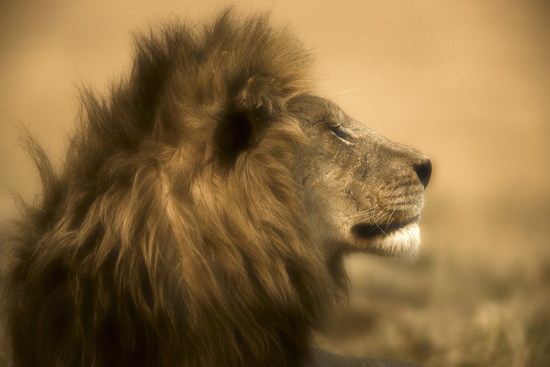Conservation programs that take into consideration the well-being and interests of the people that live with the big cats have the most chance of succeeding. In the past, there has been a conservation versus them approach and people were even removed from their homes as protected areas were off limits to local people. Projects that work with local people and give them an incentive to save the big cats have a much better chance of success. Here are three big cat conservation projects that help humans too.
1) Jaguar Corridor Lights Up Eastern Colombia
Esteban Payán, biologist and jaguar expert in Colombia, tells us, “Jaguars prefer to eat the cattle because, when trees have been felled, wild animals become rare and jaguars can no longer hunt their normal prey. They look for food on the farms and then the people have a reason to kill them.”
Human wildlife conflict was affecting the jaguar population and the economic survival of cattle-ranching communities and ecosystems near the El Cocuy National Natural Park. From February 2011 to August 2013, USAID’s Conservation Landscapes Program partnered with the Panthera Foundation to create an 11-mile natural pathway to protect jaguars crossing through the Andes Mountains to reach the hot plains of Tame, Arauca in eastern Colombia.
The Panthera Foundation developed a stabled cattle-raising system for the participating farmers. Then they moved the farms out of the corridor areas, and placed wooden post electric fences to keep jaguars from entering the farms. Under the new stabled system, cattle are raised in a confined space rather than having open range, which contributes to deforestation. Since the implementation of this project, both cattle and jaguars have been able to coexist.
The simple project had another big impact for the farmers
According to Karen Pérez, one of the biologists working with cattle ranchers on fence building and tree planting to map out the jaguar corridor, she had an “aha” moment when one of the farmers’ wives asked if it was possible to generate enough electricity to power their homes through the solar electric fences that were being built to keep out the jaguars.
“I had been blind and this woman made me see the light,” said Pérez. She worked with the solar energy technician to add an additional electrical installation to feed electricity to the farmers’ homes. The farmers were able to improve their cattle production systems and gain everyday solar energy needs such as lighting, performing household chores and charging phones. Teresa de Torres, the farmer’s wife, said: “I’m so happy this program has brought a new life for us.”
Once the first six-mile stretch of the jaguar corridor was completed, many other ranchers expressed interest in the project. In response, USAID increased the area under protection along the jaguar corridor for an additional 5 miles, and expanded the impact of the project by simultaneously promoting conservation and improving livelihoods.
2) The Cheetah Conservation Fund’s Livestock Guarding Dog Project
Only about 10,000 cheetahs remain in the wild, of which 30% (about 3000 cheetahs) are in Namibia, the largest remaining population in the world. Over 95% of Namibia’s cheetahs live on commercial and communal livestock farmland, due to pressures from other predators in preserves and protected areas. The removal of lions and leopards from the farmlands, in addition to plentiful natural prey animals and an abundance of water, have opened up a niche for the cheetah and have allowed it to exist on Namibian farms.
In Namibia, cheetahs are a protected species. But when cheetahs come into conflict with humans and their livestock, farmers are allowed to “remove” the animal. Trapping and shooting cheetahs that are suspected of being a threat to livestock is permitted. Sometimes cheetahs are just passing through, but are immediately labeled as a “problem animal”. Cheetah Conservation Fund’s (CCF) goal is to help livestock farmers find ways to co-exist with cheetahs.
The Cheetah Conservation Fund’s Livestock Guarding Dog program has been helping to save the wild cheetah in Namibia. Working with local farmers and their livestock, this program is one of several non-lethal predator management strategies that CCF has developed. The program not only saves the cheetah from indiscriminate removal from the farmlands where they live, but also fosters goodwill between CCF and the farmers, thus improving the cheetah’s chances for survival.
The Livestock Guarding Dog program draws on the special characteristics of Anatolian Shepherds, and more recently, Kangal Dogs. In Turkey, the dogs are used to protect livestock against wolves and bears. Dr. Marker of CCF saw the potential these dogs could have in their efforts to minimize conflict with predators on Namibian farmlands. The dogs’ natural instincts to protect the flock, paired to the cheetah’s natural flight vs. fight instinct, made these dogs the ideal choice.
This successful and innovative program is helping to save the wild cheetah and helping farmers protect their livestock and livelihoods.
3) The Lion Guardian Project
The Lion Guardians project was started in 2006 in collaboration with local communities and the Maasailand Preservation Trust in response to the killing of over 200 lions in the Amboseli-Tsavo ecosystems since 2001. Lion Guardians across the ecosystem play a vital role in the monitoring of carnivores. They conduct weekly spoor surveys for density of predators and their prey, monitor lions in their areas using GPS units and telemetry receivers, and assist in lion hair and scat collection for DNA analysis. Each Lion Guardian uses a cell phone to report sightings of lions or any illegal activity.
The spearing of lions by Maasai warriors for both retaliatory and traditional purposes presents one of the biggest threats to the survival of lions in Kenyan Maasailand. The Lion Guardians project is saving lions by employing the lions biggest enemy, the Maasai warriors, to conserve rather than kill African lions.
The Lion Guardians monitor the movements of lions and other carnivores and help reduce human-wildlife conflict by:
- informing livestock herders to avoid areas where lions are present
- improving livestock enclosures (bomas) to protect them at night
- helping herders find lost livestock left out in the bush
- educating communities about carnivore importance and conservation
- preventing further lion killing by stopping other warriors from carrying out lion hunts.
The Guardians are respected because they come from the communities where they are working to save the big cats. And because many of the Guardians have killed lions in the past, they are able to diffuse a tense situation with their fellow angry warriors seeking revenge for their livestock killed by lions.
The Lion Guardians have been successful at stopping lion killing and at the extremely difficult task of accurately counting elusive lions in the dense bush. The goal of the program is to increase the lion population through education, training and awareness to secure a sustainable future of lions in Maasailand. And the Guardians earn respect and a living protecting their lions.




Joanne I really enjoy these posts. I learn so much about the big cats and different things that are being done.
Sue B